为了进一步了解和关心国际留学生在校学习和生活情况、增进对中外大学生所在的国家文化的认识、培养学生国际视野、促进文化交流和文明沟通,国际学院推出了教育开放推广季“跨文化视野”之“和山面对面”系列访谈节目。12月27日下午英语语言文化学院英语师范专业的潘锦同学(Pansy)对Keneskhan进行了访谈。
Keneskhan,来自哈萨克斯坦,2024级国际商务专业的学生。
Keneskhan, from Kazakhstan, is a student majoring in International Business, admitted in 2024.
Kenes:非常荣幸能有机会向你们介绍我的祖国哈萨克斯坦,并分享其深厚的文化底蕴。在我们开始深入了解之前,我先提供一些背景知识,以便大家能更清晰地了解我的国家。哈萨克斯坦坐落在中亚的中心地带,这是一个广袤而又迷人的地方,具体来说,它位于中国的西北部,紧邻乌鲁木齐。这样的地理位置赋予了我们独特的地缘优势,历史上,我们的国家一直是重要的交通要道——古丝绸之路的重要组成部分。这些历史上的贸易路线对于连接中国与西方世界起到了关键作用。如今,哈萨克斯坦是一个极其多元和包容的国家,拥有超过100个不同的民族。这不仅包括哈萨克族,还有相当数量的俄罗斯族、乌兹别克族、鞑靼族、土耳其族、德意志族、朝鲜族、汉族等等。这是一个充满活力的文化大熔炉!至于语言,虽然哈萨克语是大约60%人口的母语,被定为国家的官方语言,但几乎每个人都能说俄语,俄语也是我们的通用语言。
Kenes: I’m delighted to have this opportunity to introduce you to my country, Kazakhstan, and share it’s rich culture with you. Before we dive in, I’d love to give you a bit of background to help paint a clearer picture. Kazakhstan is located in the heart of Central Asia, a vast and fascinating region, and specifically sits to the northwest of China, not far from Urumqi. This puts us in really unique spot geographically, and throughout history, our land has been a vital crossroads – a key part of the ancient Silk Road. Those historic trade routes, as you know, were important in connecting China with the West. Now, Kazakhstan is also an incredibly diverse and multicultural nation, home to over 100 different ethnic groups. This includes not only Kazakhs, but also significant populations of Russians, Uzbeks, Tatars, Turks, Germans, Koreans, Chinese, and many others. It’s a vibrant mix! As for languages, while Kazakh, spoken by about 60% of the population, holds the status of the ‘state’ language, Russian is widely spoken by almost everyone and serves as the official language. This blend of languages reflects the complexity and richness of our culture.
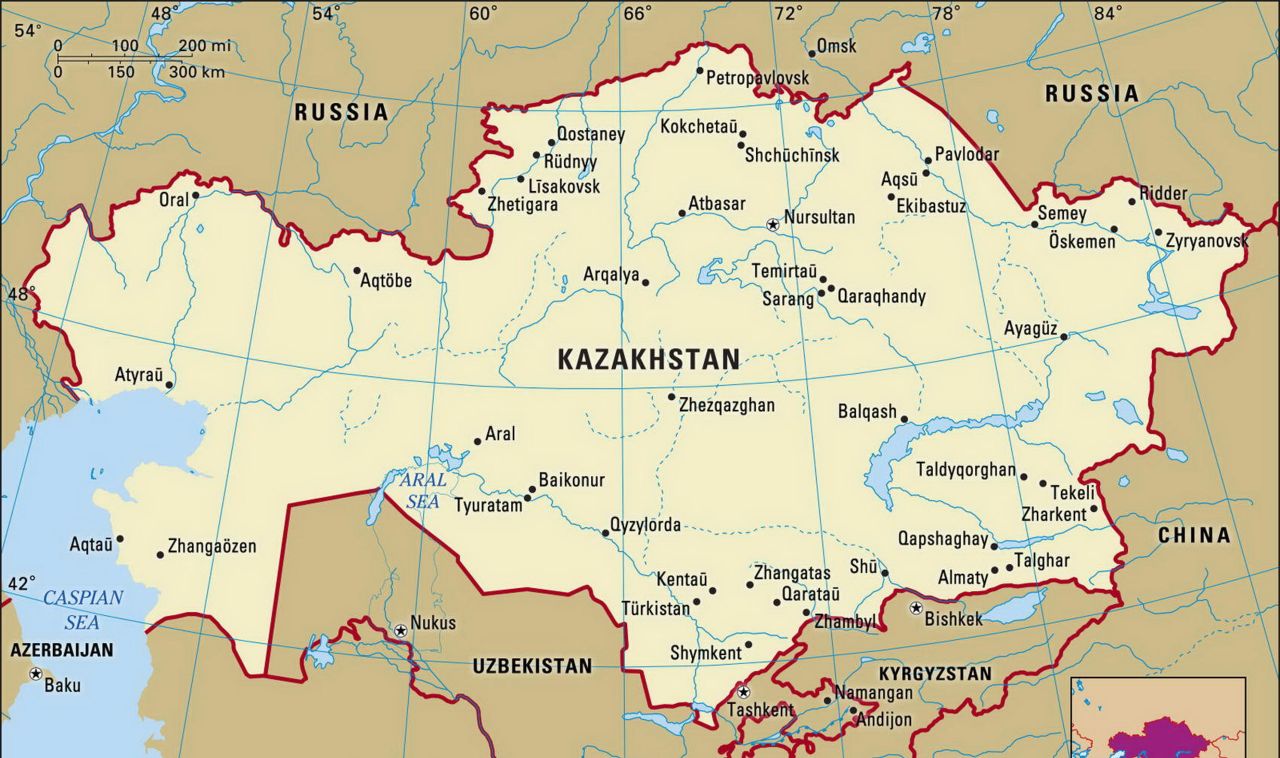
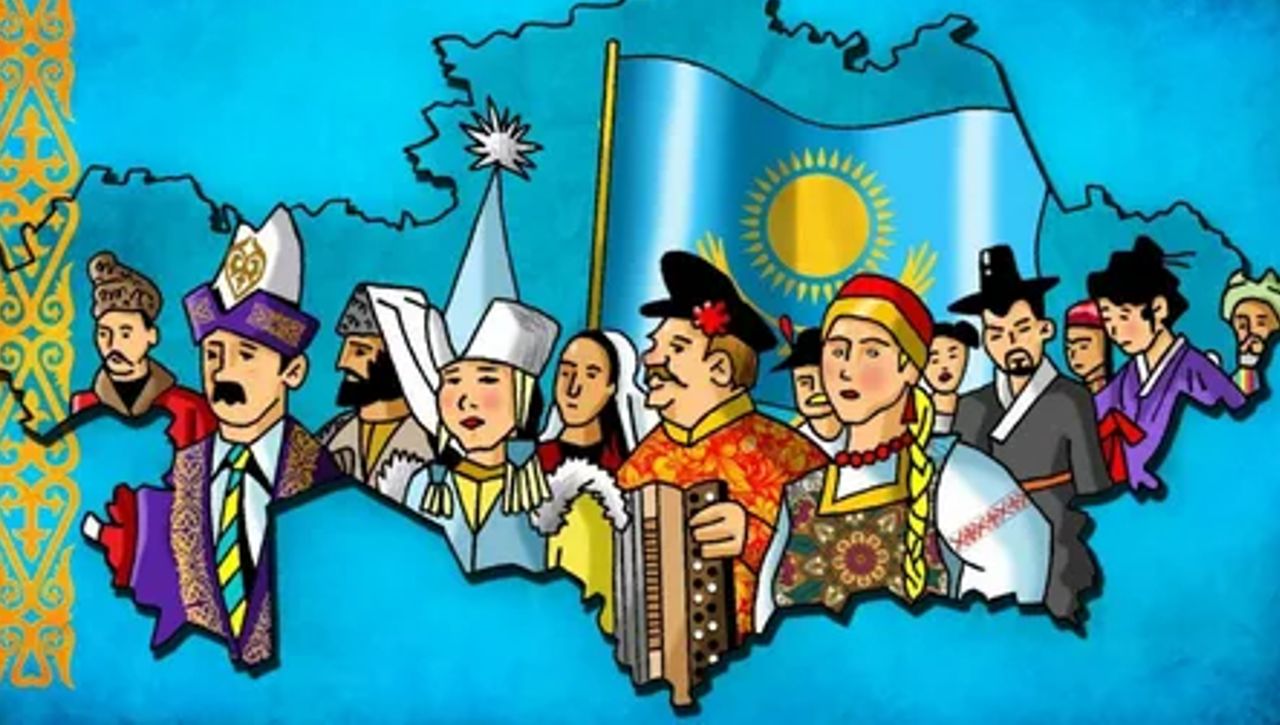
潘锦: 你能介绍一些代表性建筑吗?
Kenes: 提到哈萨克斯坦,不可能不提到我们首都阿斯塔纳的巴伊杰列克观景塔。这是现代哈萨克斯坦的一个真正象征。"巴伊杰列克"意味着一棵年轻、强壮、成长的树,它象征着一个保留了历史根基、有着坚实基础并渴望未来繁荣的国家。你可以进入塔内,上到观景台。那里有一幅描绘我们第一位总统手印的作品,已成为这座纪念碑不可或缺的一部分。
Pansy: What representative buildings can you introduce?
Kenes: It’s difficult for me to choose one building representing my country. So, I will provide a few options, focusing on different aspects of Kazakh architecture.
When talking about Kazakhstan, it’s impossible not to mention the Bayterek Tower in our capital city, Astana. This is a true symbol of Modern Kazakhstan. "Baiterek" means a young, strong, growing tree, it symbolizes a state that has preserved its historical roots, has a solid foundation and aspirations for future prosperity. You can go inside and go up to the observation deck. There is composition depicting the palm print of our first president has become an integral part of the monument.
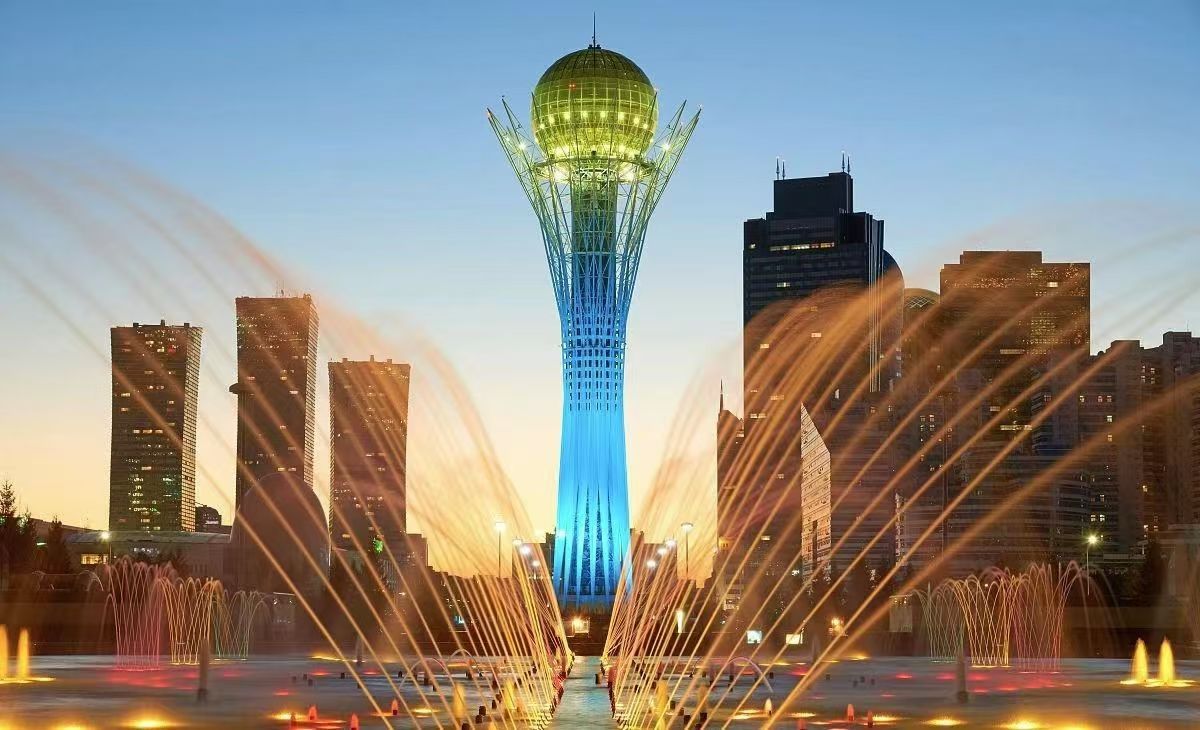
阿斯塔纳大清真寺是阿斯塔纳的一个宏伟景点,绝对值得一游。作为哈萨克斯坦乃至整个中亚地区最大的清真寺,它在全球十大清真寺中占有一席之地。这座建筑能够容纳多达30,000名访客,占地面积达57,000平方米。
The Astana Grand Mosque is a magnificent attraction in Astana, which is definitely worth a visit. As the largest mosque in the country and in all of Central Asia, it ranks among the top ten largest mosques in the world. The building can host up to 30,000 visitors and spans an expansive 57,000 sq/m.
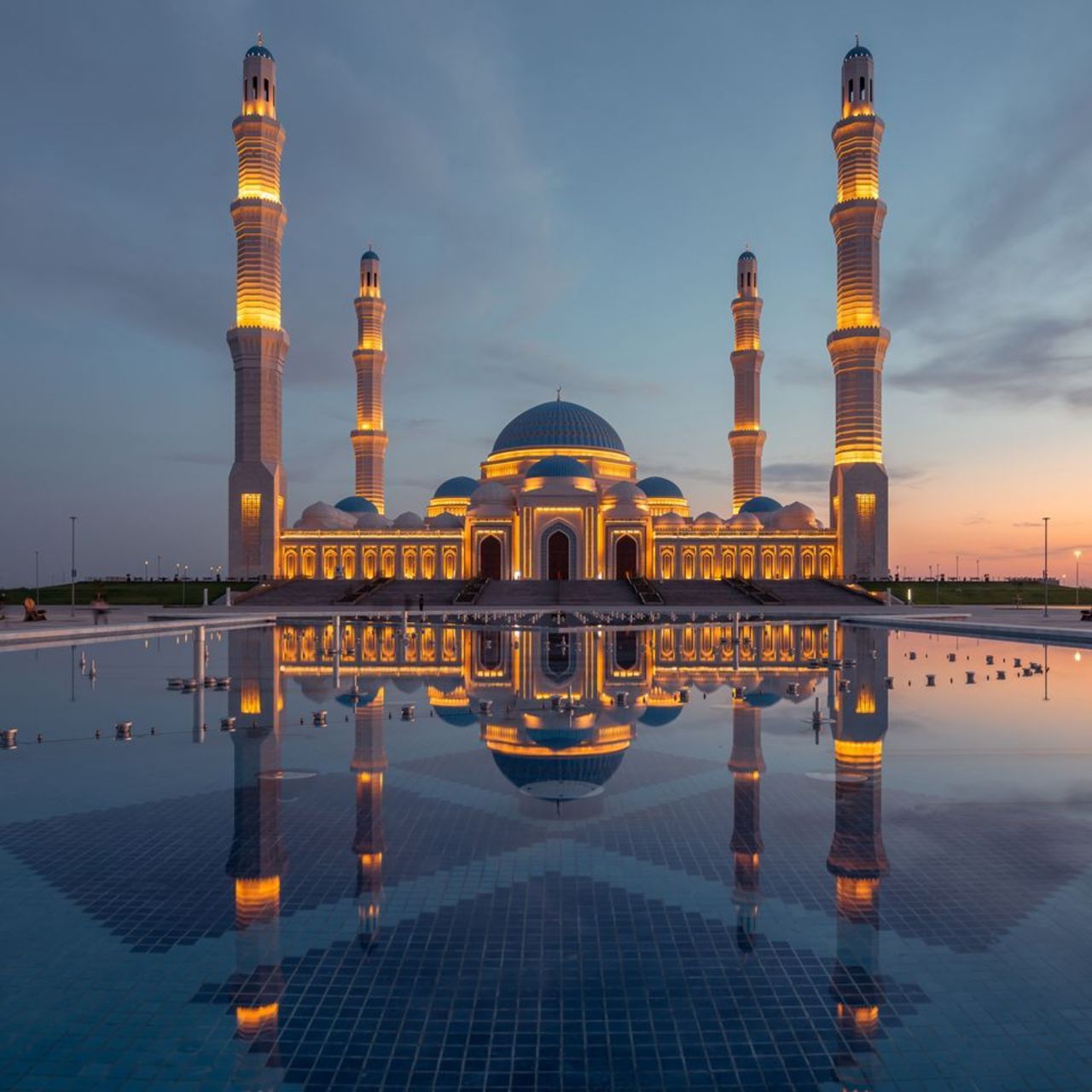
霍贾·艾哈迈德·亚萨维陵墓位于哈萨克斯坦南部。这个博物馆的主要价值在于保存自埃米尔·帖木儿时代的中世纪展品:铜制烛台、门、推拉门、墓碑、大理石石块等。
The Mausoleum of Khoja Ahmed Yasawi is located in Turkistan. The main values of the museum are medieval exhibits preserved from the era of Emir Timur: bronze candlesticks, gates, sliding doors, tombstones, marble stones and so on.
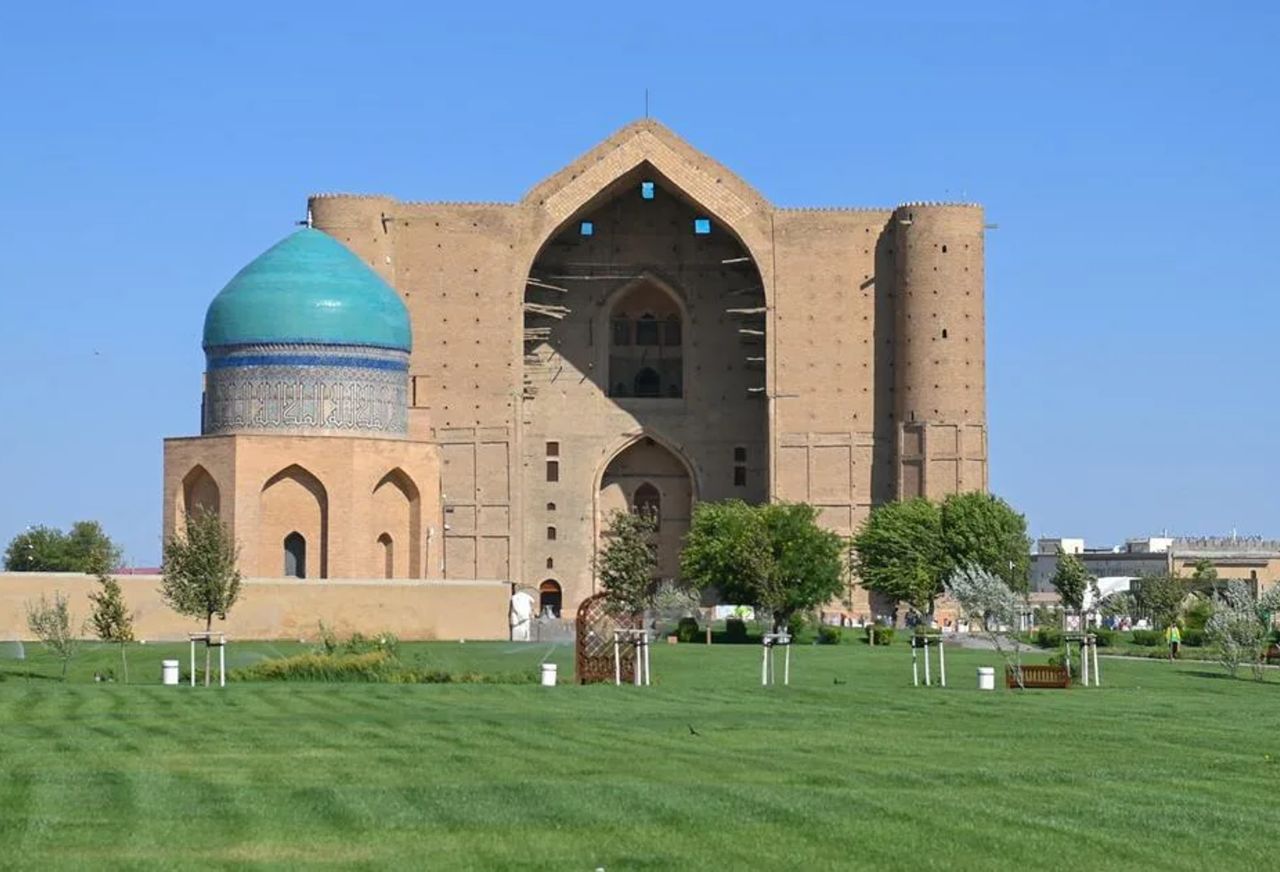
潘锦:你能介绍一些典型的风景吗?
Kenes:哈萨克斯坦是一个拥有壮丽风景的国家,这里的自然景观种类繁多,定会让你赞叹不已。
横跨伊犁阿拉套山脉位于哈萨克斯坦东南部的阿拉木图地区。这个山脉的名字与流经山脉附近的伊犁河有关。“阿拉套”在哈萨克语中意为“斑驳的山脉”,形象地描绘了这些山脉色彩斑斓的自然特征。
Pansy: What typical landscapes can you present?
Kenes: Kazakhstan is a land of truly breathtaking landscapes, offering an incredible variety that will amaze you.
The Trans—Ili Alatau is a mountain system located in the south-east of Kazakhstan, in the Almaty region. The name is associated with the Ili River, which flows near these mountains. "Alatau" is translated from Kazakh as "mottled mountains".
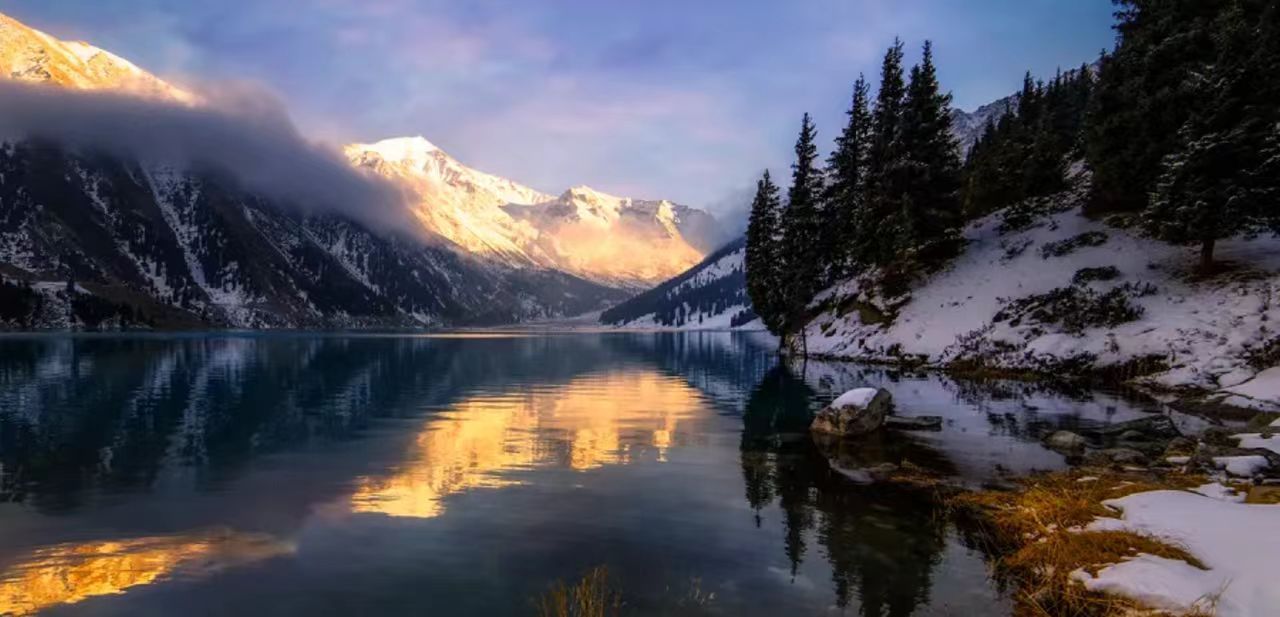
恰伦大峡谷同样坐落于阿拉木图地区。这个令人震撼的自然奇观,是恰伦河历经数百万年不断冲刷雕琢的结果,展现出一片令人着迷的景象:峻峭的红色岩石峭壁直冲云霄,高达数百米。
Charyn Canyon is also located in Almaty. This jaw-dropping natural wonder, sculpted by the relentless forces of the Charyn River over millions of years, presents a mesmerizing landscape of steep red rock formations that soar hundreds of meters into the sky.

卡因迪湖,这个位于阿拉木图的神秘湖泊,诞生于1911年的一场大地震,地震引发的山体滑坡形成了一个天然水坝,使得附近的森林被水淹没。时至今日,湖水清澈见底,呈现出迷人的绿松石色,环绕着那些半浸在水中的树木,营造出一种超凡脱俗、难以忘怀的景致,这样的奇景在地球上绝无仅有。
Kaindy Lake, located in Almaty, was formed after an earthquake struck the region in 1911, creating a natural dam that submerged a nearby forest. Today, crystal-clear turquoise waters surround the partially submerged trees, creating a surreal and unforgettable sight that you won’t find anywhere else on Earth.
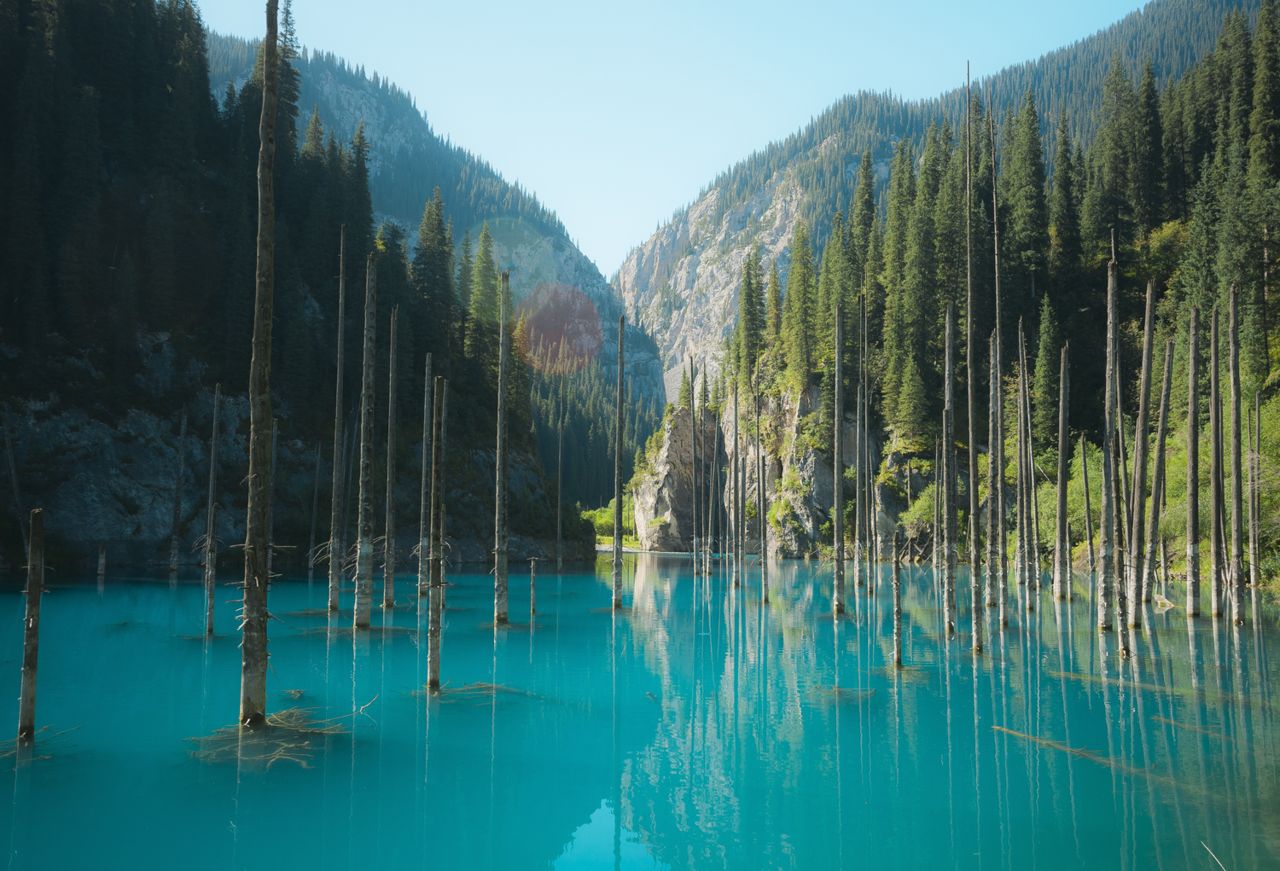
潘锦:那哈萨克斯坦的食物怎么样?
Kenes:哈萨克斯坦的饮食丰盛、味道浓郁,深深植根于我们的游牧传统。它是一种从草原生活世代传承下来的饮食文化,依赖当地的食材和传统的烹饪手法。哈萨克饮食传统上以奶制品和肉类为主,尤其是牛肉和马肉。
“Beshbarmak”直译为“五指”,是哈萨克饮食中的招牌菜,它象征着热情好客和团结一致。按照传统,别什巴尔马克要用右手来吃,这代表了与自然和游牧文化的紧密联系。这道菜主要由煮熟的肉(通常是羊肉、牛肉或马肉)和面条状的面片组成,搭配热汤和炒洋葱一起享用。嫩滑的肉质与面条的嚼劲相得益彰,营造出一种独特的香气和丰富的口感。
Pansy: How about the food?
Kenes: Kazakh cuisine is hearty, flavorful, and deeply connected to our nomadic past. It’s a cuisine that has evolved from generations of living on the steppes, relying on local ingredients and traditional methods of cooking. Kazakh cuisine has traditionally been based on dairy products and meat. The main types of meat are beef and horse meat.
Beshbarmak translates as "five fingers". It is the main dish of Kazakh cuisine, symbolizing hospitality and unity. Traditionally, beshbarmak is eaten with right hand, which symbolizes the connection with nature and nomadic culture. The dish is based on boiled meat (most often lamb, beef or horse meat) and dough in the form of noodles, which are served with hot broth and fried onions. Soft meat perfectly combines with the texture of noodles, creating a unique aroma and flavor richness.
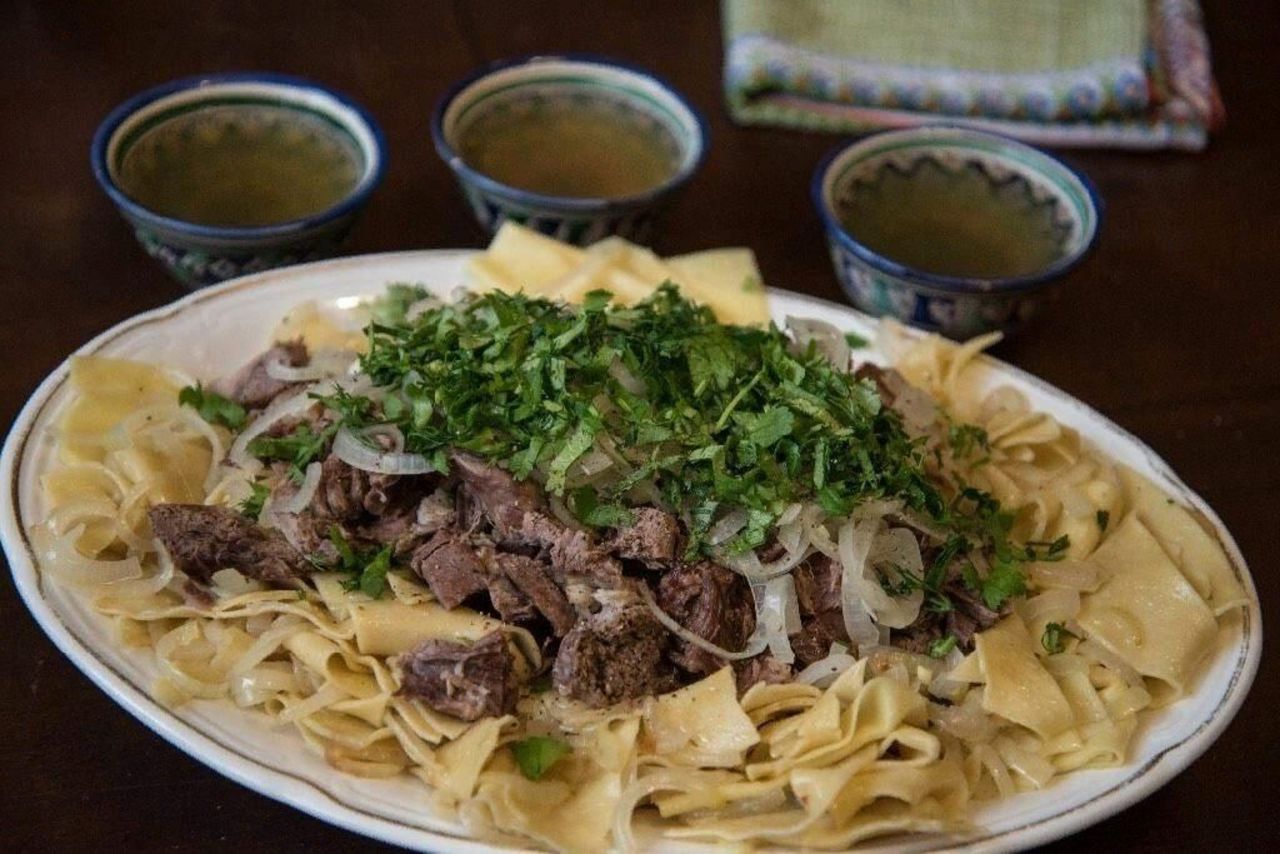
Kuurdak是一道由羊杂碎制成的菜肴,包括肺、肾、心脏和肝脏。它是在宰羊后立即准备的,与大蒜、洋葱和土豆一起慢慢煎炒。库尔达克是哈萨克斯坦最古老、最传统的菜肴之一。它的名字来源于哈萨克语中的“kuiru”,意为“烤”。
Kuurdak is a dish made from lamb offal, including lungs, kidneys, heart and liver. It is prepared immediately after slaughtering a sheep, slowly frying it with garlic, onion and potatoes. Kuurdak is one of the oldest and most traditional dishes of Kazakhstan. It got its name from the word “kuiru”, which means “roast” in Kazakh.
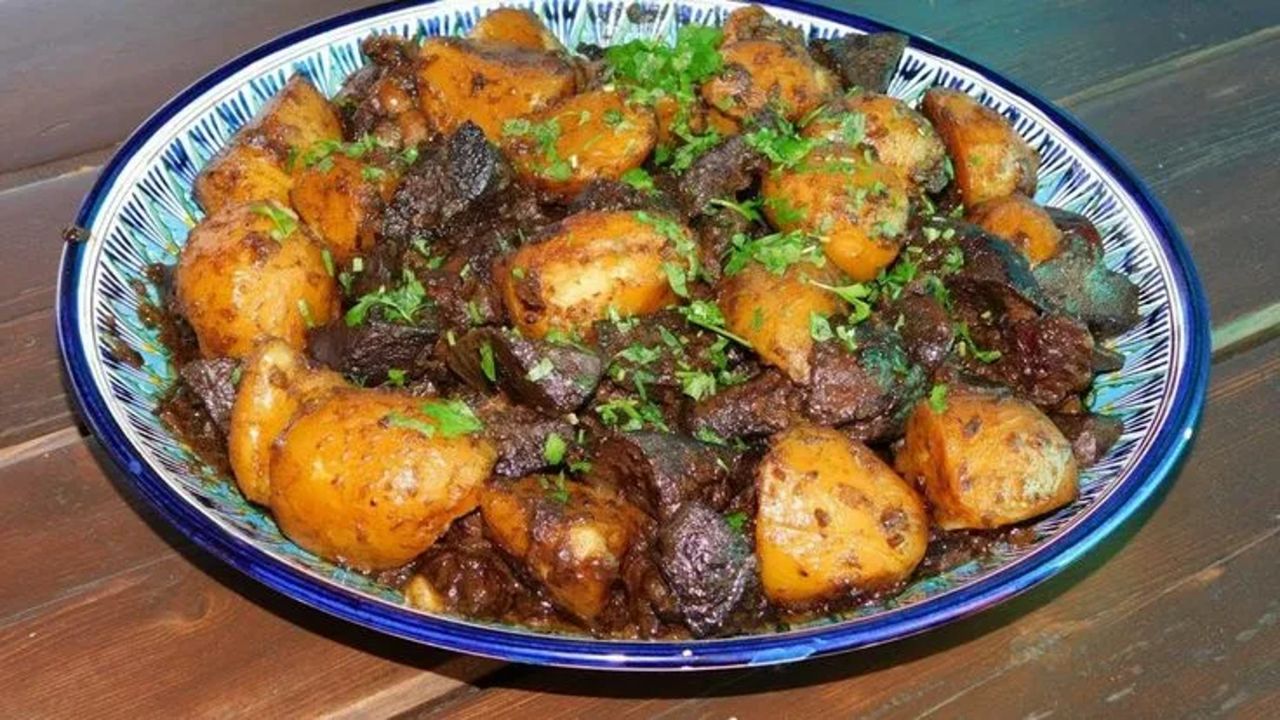
Kazy是一种马肉香肠。在将肉和脂肪放入肠衣之前,会用盐、胡椒和大蒜进行调味。香肠经过干燥或熏制以保存,使用前需要煮熟。这道菜可以作为冷盘开胃菜,也可以作为其他哈萨克菜肴的配菜。
Kazy is a type of horse meat sausage. The meat and fat are seasoned with salt, pepper and garlic before being placed in the shell. Sausages are dried or smoked for preservation, and boiled before use. The dish can be served as a cold appetizer or as an addition to other Kazakh dishes.
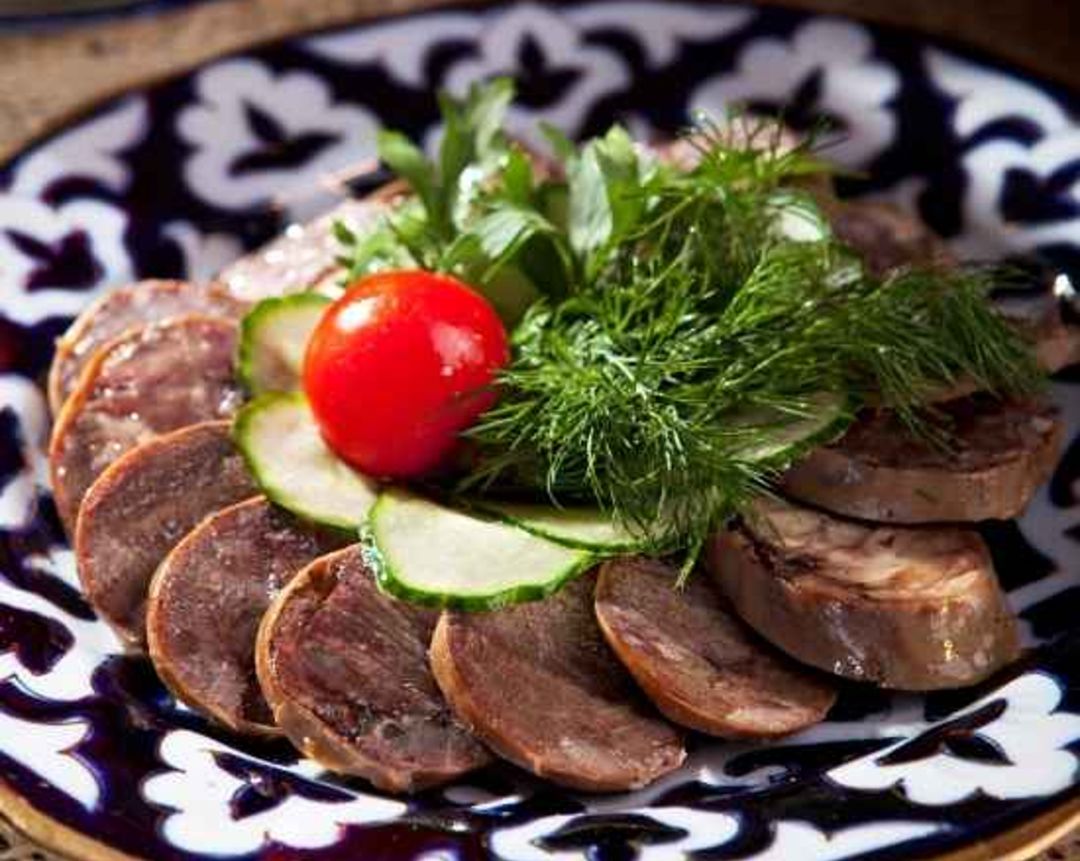
Koumiss是一种经过发酵的马奶饮品,以其甜中带酸的口味、液体的质地和泡沫状的结构而闻名。饮用库米斯后不宜驾车,因为它含有大约4.5%的酒精含量,这是通过发酵马奶而自然产生的。
Kozhe是一种传统的发酵饮料,它以开菲尔(kefir)为基底,添加了燕麦或小米等谷物。这种饮料口感醇厚,带有淡淡的酸味,非常适合在炎热的日子里解渴和提神。
Koumiss is fermented horse milk drinks, which is distinguished by its sweet and sour taste, rather liquid consistency and foamy structure. After it, you can not drive, as it contains about 4.5% alcohol, which is obtained by fermenting milk.
Kozhe is a traditional kefir—based drink with the addition of cereals such as oatmeal or millet. The drink has a thick consistency and a light sour taste, which makes it an ideal drink to quench thirst and satiate on hot days.
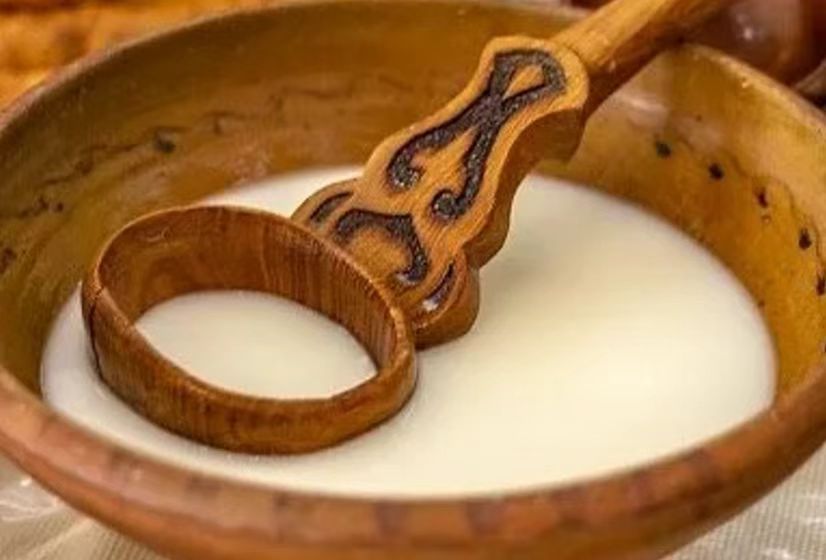
Zhent是一道由农家奶酪、黄油、糖和小米制成的菜肴,质地紧实、味道甜美,通常在特殊场合或家庭聚会中准备。
Irimshik是一种即使不加糖也略带甜味的农家奶酪。
Zhent is a dish made from cottage cheese, butter, sugar and millet, with a dense texture and sweet taste which is traditionally prepared for special occasions or family celebrations.
Irimshik is a cottage cheese that has a slightly sweet taste even without added sugar.

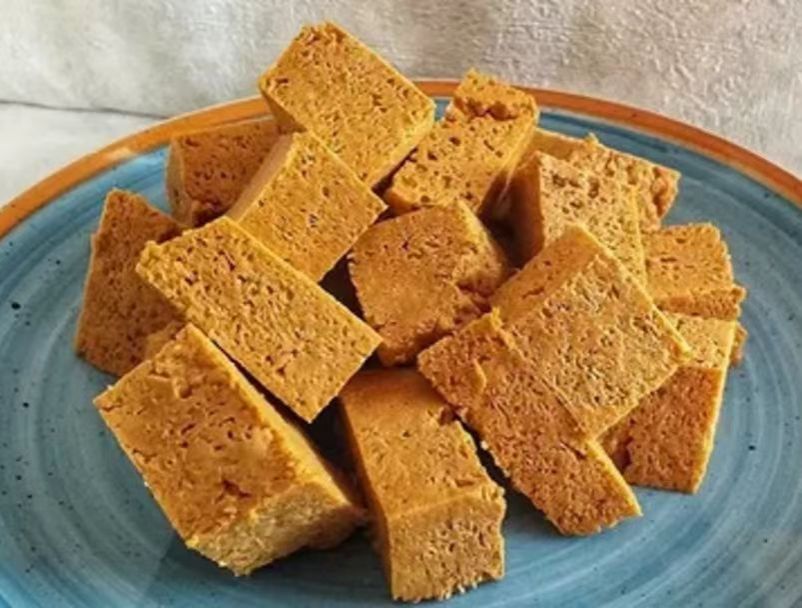
潘锦:我相信哈萨克斯坦有很多传统节日。你能给我介绍几个吗?
Kenes:纳乌鲁兹节是哈萨克斯坦最重要的节日之一,它庆祝春分和新年的到来。这个节日象征着更新、重生以及春天的降临。在纳乌鲁兹节期间,人们沉浸在欢乐、盛宴和传统表演之中。他们会穿上富有民族特色的服装,烹饪特别的菜肴,比如纳乌鲁兹库尔特(一种包含七种食材的汤),并参与各种传统游戏和竞赛。这个节日也是宽恕和新起点的时刻。
Pansy: I’m sure there are plenty of traditional festivals in KZ. Could you list a few of them?
Kenes:Nauryz is the most important holiday in Kazakhstan, celebrating the vernal equinox and the beginning of the new year. It is a celebration of renewal, rebirth and the arrival of spring. During Nauryz, you will have a time of joy, feasts and traditional performances. People dress up in traditional clothes, cook special dishes such as Nauryz kozhe (seven-ingredient soup), and participate in traditional games and contests. It's also a time for forgiveness and new beginnings.
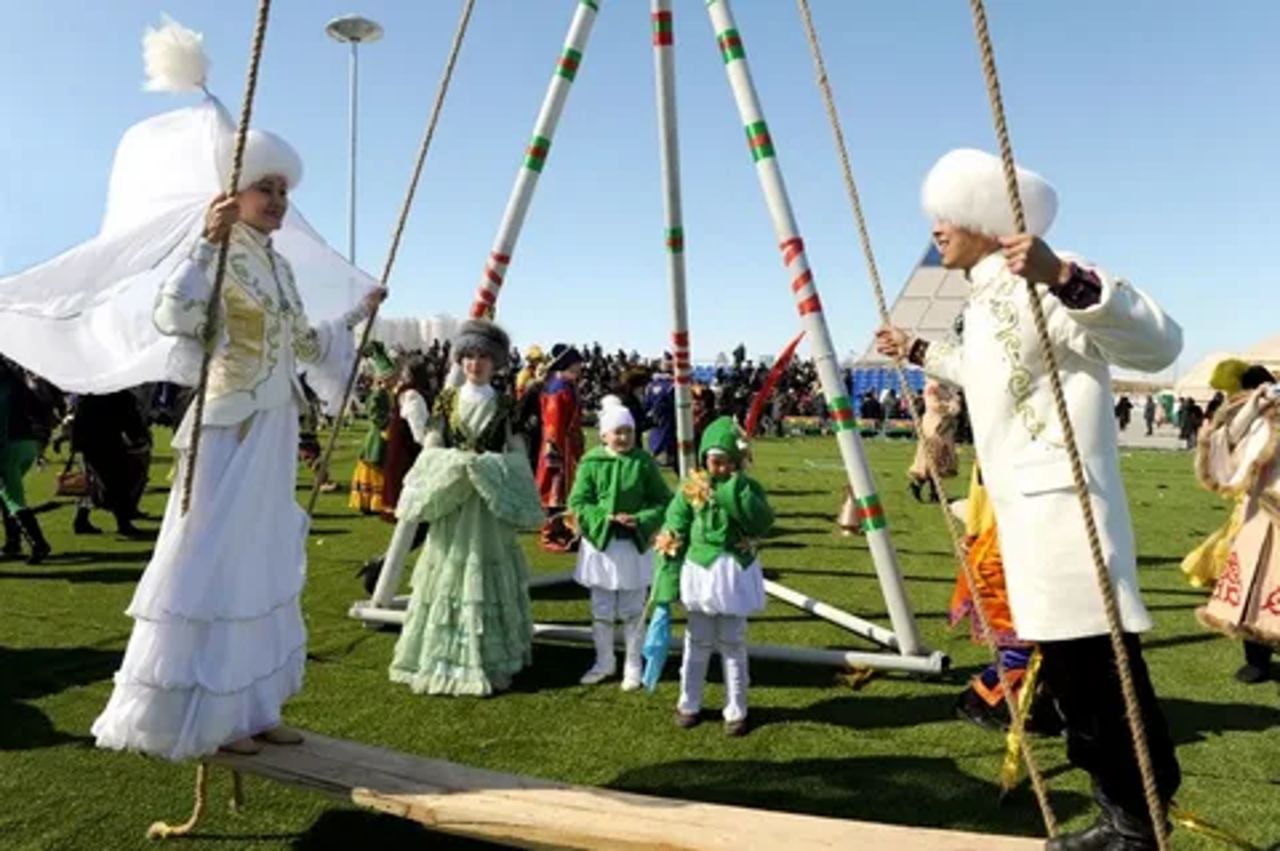
斋月是信徒们致力于培养良好心态、满足感、慈悲和宽恕精神的一个月。在这个月份里,人们竞相做好事。哈萨克斯坦的居民们为病患筹款、慷慨捐赠、援助贫困家庭,每个人都努力成为慈善活动的一部分。
古尔邦节是在斋月结束后紧接着的两天庆祝的节日。穆斯林们在节前的那一天就开始准备,节日活动会持续接下来的三天。在古尔邦节前夕,信徒们整夜诵读祷文。节日的第一天,在黎明前,穆斯林们沐浴更衣,穿上节日的盛装,前往清真寺进行祈祷。伊玛目会发表讲道。节日祈祷结束后,有能力的人会宰牲。宰牲的肉按照传统分配:一部分送给需要帮助的人,一部分留给自己和家人,还有一部分用来招待邻居和亲戚。节日的庆祝活动在家庭中继续,人们互相拜访,亲朋好友共聚一堂。节日的餐桌上摆满了各种肉类佳肴。孩子们会收到礼物,节日期间还会举行哈萨克的传统游戏。
Ramadan is a month when believers try to cultivate a good mood, a sense of satisfaction, mercy and forgiveness. During Ramadan, people compete in good deeds. Kazakhstanis raise money for the sick, make donations, help families in need. Everyone tries to become a part of the charity event.
Eid al-Adha is festival which is celebrated 2 days later after Ramadan. Muslims prepare for it the day before and continue the festive activities in the next 3 days. The faithful spend the night before Eid al-Adha reading prayer. On the first day of the holiday, before dawn, Muslims wash, dress in festive clothes and go to mosques to pray. The imam reads a sermon. After the festive prayer, those who have the opportunity sacrifice an animal. A third of the meat is distributed to those in need, a third is left to the family and themselves, and a third is used to treat neighbors and relatives. The celebration continues in families, visiting friends and relatives. The food consists of meat dishes. Children are given gifts. Kazakh traditional games are held on the days of the holiday.
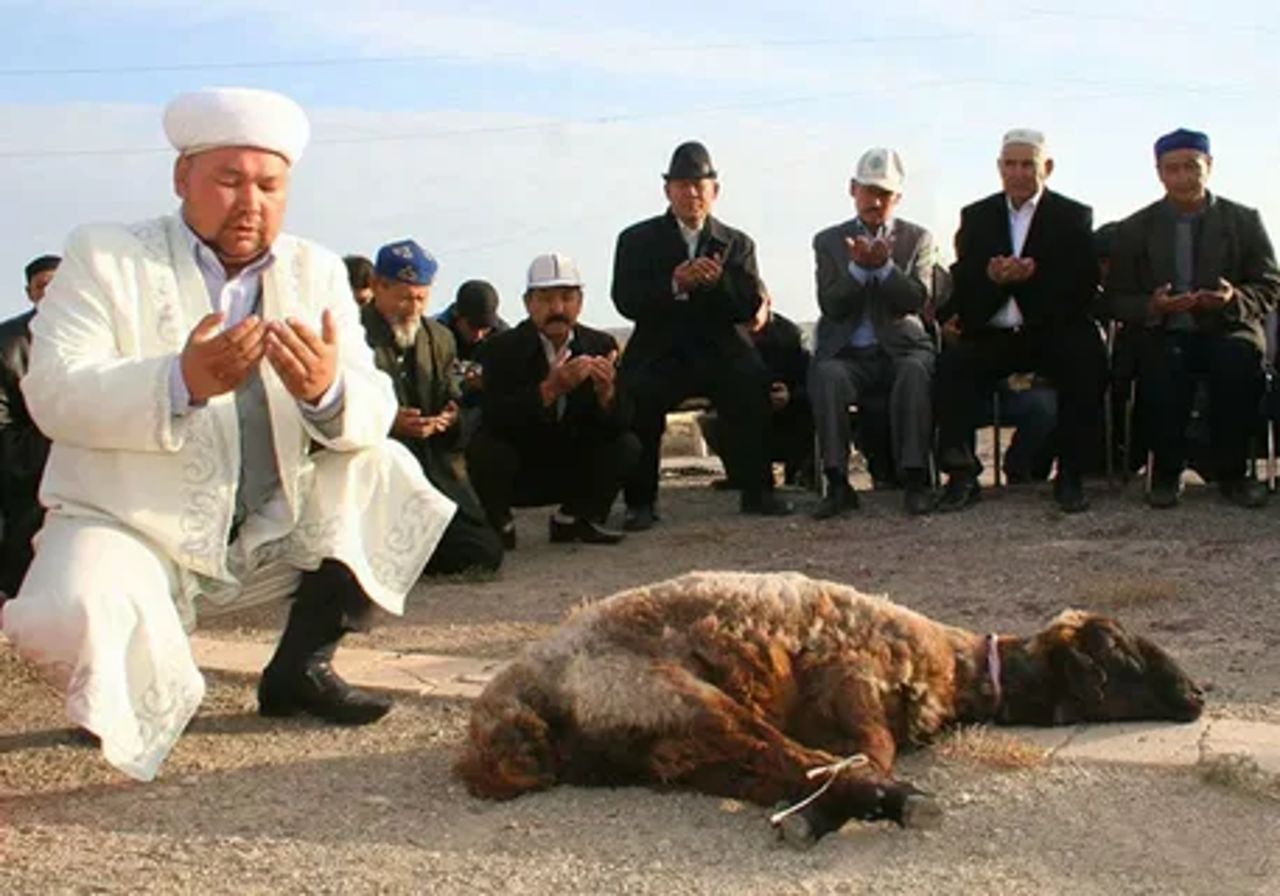
潘锦:你之前说你很喜欢踢足球,还是你们学校足球队的一员。有没有什么有趣的事情发生?
Kenes:当然,我在学校足球队的时候确实经历了很多有趣的时刻。但我更想和你分享的是我们学校内部的比赛,因为这是我们学校的一种传统,它让我们与众不同,并且在每个学生的心中留下了难忘的回忆。我们学校每年都会有两个主要的足球赛事。
在第一个比赛中,我们有两个联赛,7-8年级的学生和9-11年级的学生分开竞赛。所以,每个班级都需要组建两支队伍。班主任担任教练,他们制定比赛策略,进行队员替换。这些队伍通过抽签分成两组。小组赛结束后,队伍会进入淘汰赛阶段。对我们来说,这就像是我们的世界杯。
在第二个比赛中,每位老师都会得到相同数量的预算,他们可以通过招募学生来组建自己的队伍。这样,我们就模拟了欧洲冠军联赛的氛围。其他学生则通过支持他们喜欢的队伍和同学来营造比赛的气氛。这些活动有助于增进师生之间的互动和关系。
Pansy: You told me you like playing football and were a member of the school's football team in your country. Have there been any interesting incidents?
Kenes: Yep, I had experienced a lot of interesting moments when I was in school football team. But I would like to tell you about the competitions that are held within the school. Because this is a kind of legacy of our school, which distinguishes us from others and leaves unforgettable emotions in the memory of every student. There are two main tournaments in our school every year.
In the first competition, we have two leagues where grades 7-8 compete separately from grades 9-11. So, every class need to release two teams. Class teachers perform as coaches. They explain the plan for the game and make substitutions. These teams are divided into two groups through a draw. After the group stage, the teams advance to the play-off stage. It’s a bit like the World Cup for us.
In the second competition every teacher is given the same amount of money, and they assemble a team by buying students. Thus, we simulate Champions League. Rest of students make the atmosphere during matches by supporting their favorite teams and classmates. These activities contribute to improving the relationship between teachers and students.
潘锦:和哈萨克斯坦相比,你在杭州或者中国有什么不同的体验吗?
Kenes:回想起我在中国的经历,特别让我印象深刻的是接触了太极。乍一看,太极似乎只是一系列缓慢而柔和的动作,但其实它远不止于此。最让我着迷的是太极背后的深厚哲学,这往往是人们在公园里看到太极表演时容易忽视的。
对我而言,太极不仅仅是一种身体锻炼,它是一次深入了解平衡、正念以及身体内外能量或者说“气”流动的旅程。那些缓慢而有意识的动作旨在协调身心,鼓励你完全活在当下。太极讲究的不是强制,而是顺应,以及在柔和中寻找力量。这种“无为”或者说不费力的行动理念,在太极中占据核心地位,它一直是我灵感的源泉。我觉得,在如今这个快节奏的世界里,学习这项技能是非常宝贵的。
在很多方面,太极是道家哲学的一个生动体现,它强调与自然和谐共存的重要性,并接纳阴阳对立统一的概念——阴阳之间的相互作用。太极是关于理解万物相互联系,变化是永恒的。在每一个动作中观察自己,可以深刻领悟到一个信息。这让我深有感触,帮助我以不同的视角看待世界。
潘锦:我非常惊讶又高兴你能对我们的优秀传统文化感兴趣,并且有如此深刻的思考。
Pansy: Compared to KZ, did you have several different experiences in Hangzhou or China?
Kenes: When thinking about my experiences in China, one thing that truly stands out is my exposure to Tai Chi. It’s something that, at first glance, might seem like just a series of slow, gentle movements, but it’s so much more than that. What impressed me most was the profound philosophy underlying the practice, which I think many people often miss when they just see it being performed in parks.
For me, Tai Chi wasn’t just about physical exercise; it was a journey into understanding balance, mindfulness, and the flow of energy or ‘Qi’ within the body and in relation to the world around us. The slow, deliberate movements are designed to harmonize the body and mind, encouraging you to be fully present in the moment. It’s not about forcing, it’s about yielding and finding strength in softness. This concept of wu wei, or effortless action, is so central to Tai Chi that it has been a constant source of inspiration to me. I feel like, in today’s fast paced world, it is an amazing skill to learn.
In many ways, Tai Chi is a living example of Taoist philosophy, emphasizing the importance of living in harmony with nature and embracing the concept of duality -- the interplay between yin and yang. It’s about understanding that everything is interconnected and that change is constant. There is a deep message to be understood by observing yourself during each movement. This really resonated with me and helped me to see things from a different perspective.
Pansy: I'm very surprised and pleased that you take an interest in our excellent traditional culture and even have such in-depth reflections.
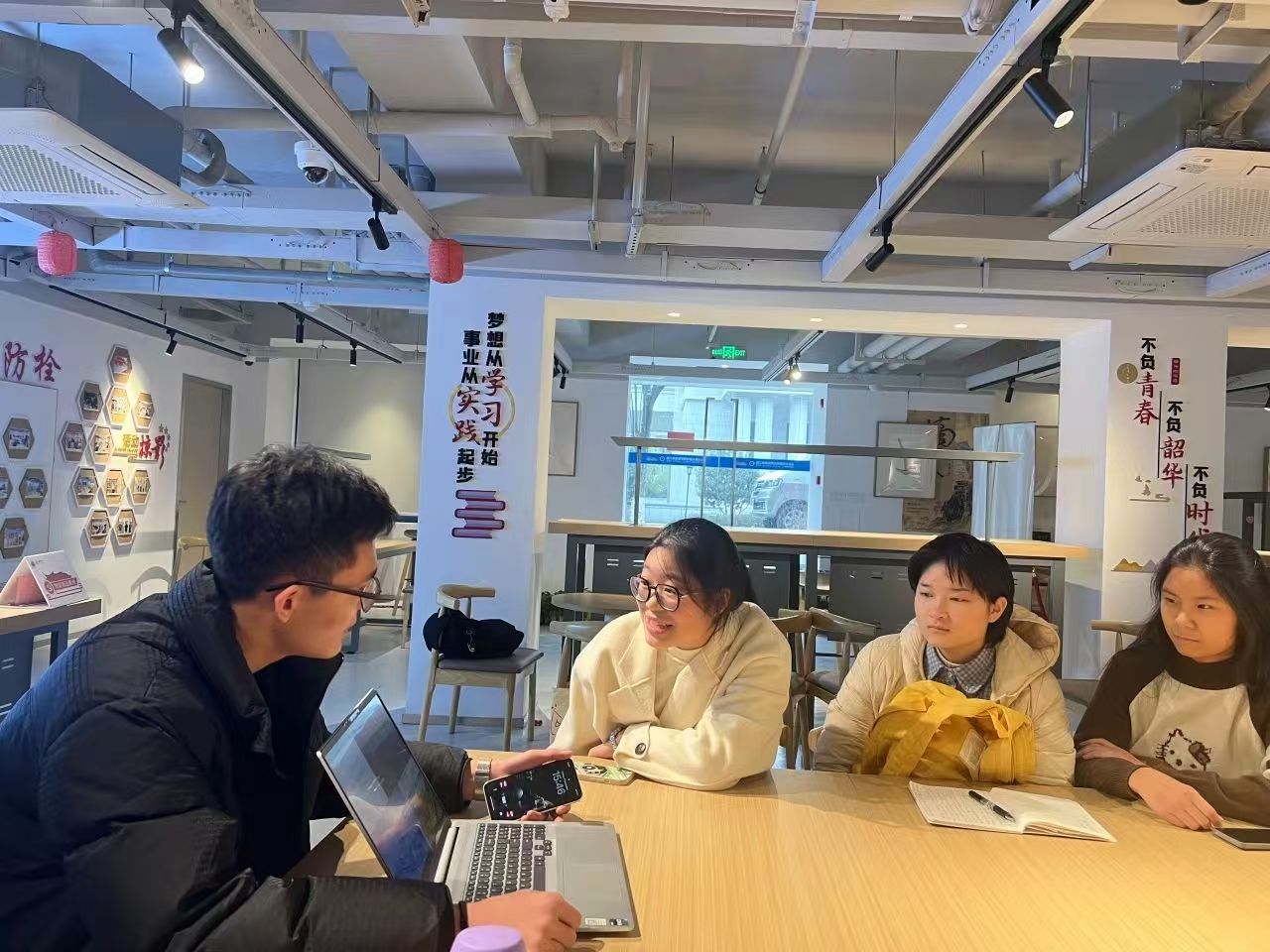
潘锦:你说起自己课余时间都在努力学习,难道没有在中国四处走走看看吗?
Kenes:我去过乌鲁木齐,那里的生活我真的很喜欢。
王怡雯:我小时候在新疆生活过几年,那边的政策对当地人很友好,甚至像我这样去上学的外地学生也能享受到一些优惠,比如学生坐公交可能只要两毛钱,成人也不到一块钱,现在可能涨价了,但我觉得应该也不会太贵。房价也不高,我有个同学家里就有一栋四层的房子,这在杭州是难以想象的,当然,收入水平也相对低一些,哈哈。还有,新疆的课间活动让我印象深刻,除了全国都有的广播体操,孩子们还会跳舞,比如维吾尔族扭脖子的那种,而这边除了广场舞或者一些年轻人学的爵士舞,一般人不怎么跳舞。饮食方面,新疆主要是牛羊肉和奶制品,但对于我这个不太能接受羊肉味道的人来说有点难受,你刚才提到的马肉我没尝过,我只吃过驴肉。现在回想起那段经历,尤其是在面临毕业和就业压力的时候,我更加怀念那段时光。
潘锦:我还从来没去过新疆呢,听你们这么一说,更心向往之了,哈哈。
Pansy: You mentioned that you spend your spare time studying diligently, haven't you traveled around and seen some places in China?
Kenes: I've been to Urumqi, and I really enjoyed the life there.
A student majoring in Spanish: I lived in Xinjiang for a few years when I was a child. The policies there are very friendly to the locals, and even as a student like me, I could enjoy some benefits, such as paying as little as two jiao for a bus ride, and less than one yuan for adults. It might have increased now, but I think it won't be too expensive. The housing prices are also not high; one of my classmates has a four-story house, which is unimaginable in Hangzhou. Of course, the income level is relatively lower, haha. Also, the activities during breaks in Xinjiang left a deep impression on me. Besides the broadcast exercises that are common nationwide, children also dance, like the Uyghur neck-twisting dance, whereas here, apart from square dances or some young people learning jazz, most people don't dance much. In terms of food, Xinjiang mainly consists of beef, mutton, and dairy products, which is a bit tough for me since I can't really accept the taste of mutton. I haven't tried the horse meat you mentioned, only donkey meat. Now, when I think back on that experience, especially facing the pressure of graduation and employment, I miss that time even more.
Pansy: I've never been to Xinjiang before, but hearing what you guys have to say makes me even more eager to go, haha.
潘锦:你将在ZISU学习四年,对未来有什么长远规划吗?
Kenes:当我展望未来,我不希望自己的人生被限定在一条单一的轨迹上。我的长远目标是成为最好的自己,这对我来说是一个不断成长和自我探索的过程,而不是一个固定的目标。这涉及到变得更灵活、更有同情心、更有知识和影响力。这意味着要积极寻求智慧上的成长,接触不同的观点。大学是实现这种转变的理想环境;课程只是起点,真正的价值在于我个人的成长。“最好的自己”不是和别人比较,而是挑战自我极限,把挑战视为重新定义“最好”是什么的机会。这个旅程本身是我最兴奋的部分。
潘锦:期待你能成为最好的自己!
Pansy: Since you will study 4 years in ZISU, do you have long-term plan about your future?
Kenes: When I look ahead, I don’t see myself confined to a single path. My long-term vision is to become the best version of myself, which for me is about a continuous journey of growth and self-discovery, not a static goal. It’s about becoming more adaptable, compassionate, knowledgeable, and impactful. This means actively seeking intellectual growth, engaging with diverse perspectives. The university is the perfect environment for this transformation; the courses are a starting point, the real value is in my personal growth. The “best version of myself” is not about comparison but about pushing my own limits and embracing challenges as opportunities to redefine what that ‘best’ can be. The journey itself is what excites me most.
Pansy: We’re looking forward to you becoming your best version!

